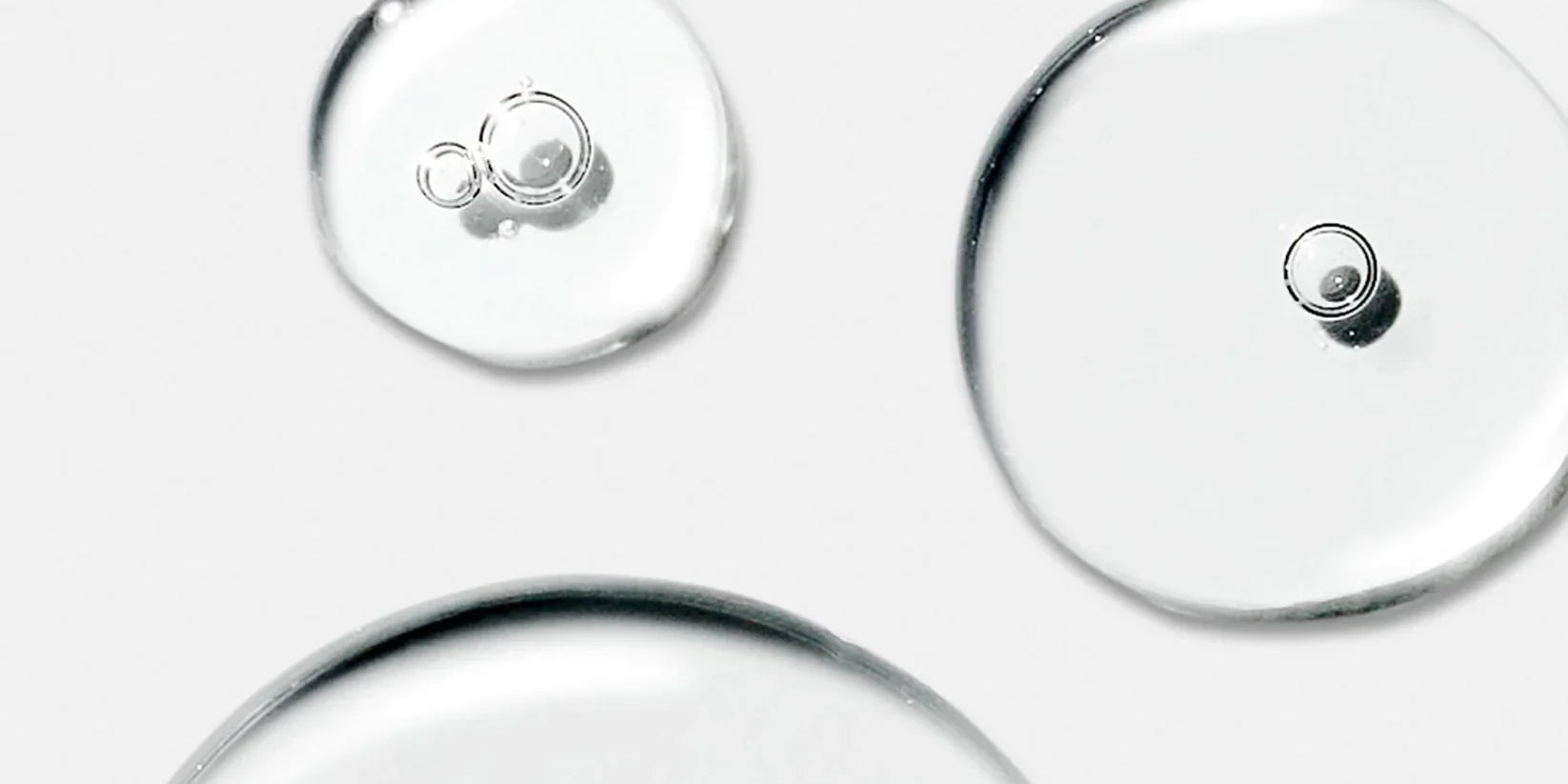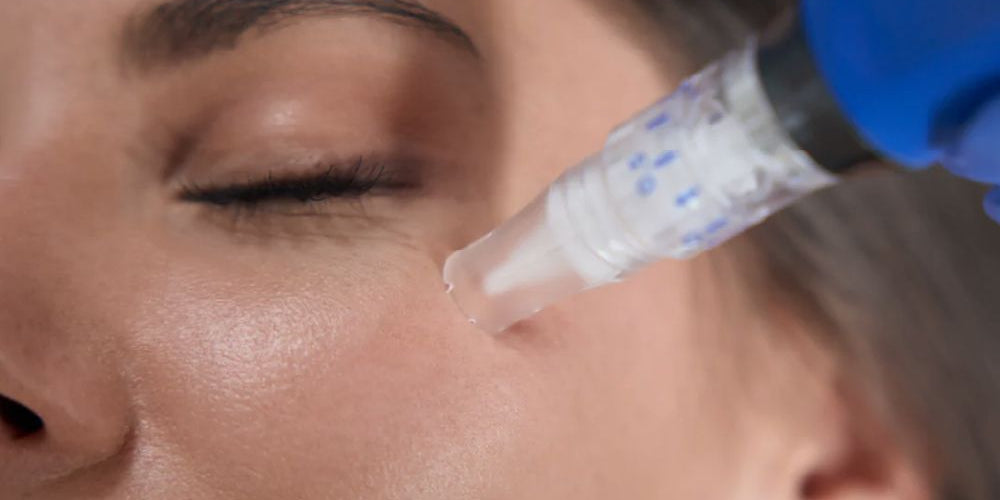We love microneedling. Done well, it’s a fantastic way to wake up your skin’s natural repair process and get collagen working for you. But… it’s not magic, and if you’ve left a treatment feeling underwhelmed, you’re the person we really want to have a chat with. -> book a quick call.
In our experience, disappointment usually comes from one thing: a mismatch between the treatment and the skin concern it’s trying to fix.
1. Microneedling Isn’t a “One Treatment Fix-All”
Microneedling is brilliant for texture, fine lines, mild scarring, and giving skin that firmer, “held together” feel over time. It's an amazing first step to advanced treatments and has extremely low down time for anyone looking to keep their best skin. But when it comes to pigmentation, especially deeper pigment or melasma... it’s not the star of the show. This is where marketing lets you all down.
If pigmentation is your main concern, devices like laser or light-based technologies will generally be your first choice. They can target pigment more precisely and at the right skin depth.
Microneedling can still play a role, but think of it as a maintenance tool to help keep pigmentation lighter after your main pigment treatment is done, not the starting point.
2. Device Hype vs. What’s Right for You
Here in Sweden, “Dermapen” gets a lot of airtime. That’s partly because it’s the main brand taught in many skin schools. But here’s a little logic to the marketing fluff, there is no single “best” microneedling device.
We’re big fans of many devices: SkinPen, Vivace, Morpheus8, Secret RF, and the others. Each has strengths depending on the concern and the client’s comfort level. What matters more than the name on the box is:
-
The technology: mechanical vs. RF microneedling, speed, needle quality.
-
The settings used for you: depth, passes, and pattern.
-
The practitioner’s knowledge: how they adjust the treatment for your skin and concern.
- Hygiene: Cross contamination is a big thing. If we look at instagram and TikTok you will see films littered with practitioners wearing watches, bracelet's and hair hanging over their clients. This is great to look good on film but is a bacterial nightmare for you as a client. Is the device completely covered? Do they open the needle package in front of you? Are the needles CE or FDA approved? - they will have a special code on them. You should know what that code is.
We encourage you to do your research, look at the clinic’s training, device type, and how they explain their treatment plan for you. Never do a consultation and treatment in the same day, you need research and thinking time.
3. Over Hyped details that aren't key to your results
You might see TikTok or Instagram videos of microneedling done at lightning speed, in random directions, with people boasting about “how deep they go.”
Here’s why you should care:
-
The right depth = the right results. Too shallow and you’re not triggering collagen where you need it. Too deep and you’re creating unnecessary trauma without better results.
-
Skin heals better when it’s treated with control. Overworked skin = longer healing, more redness, and sometimes irritation that didn’t need to happen.
-
Precision patterns matter. A methodical approach means every millimetre gets the right attention, so results are even... not patchy.
This is why, with all of our treatments at Bare Solutions, we work at moderate depths. Enough to signal collagen production without stressing your skin.
4. Preparation and Aftercare Make a Difference
Good results start before you walk in the door:
-
Two weeks before: nourish your skin from the inside (Supplements please).
-
Avoid anything that can weaken your skin barrier.
-
After treatment: hydrate like it’s your job, keep alcohol to a minimum, eat water-rich foods, and get plenty of sleep (your cells do their best recovery work at night).
5. Keep It Simple and Please Skip the Aggressive Combos
We’re often asked to “add” a peel, retinol, or vitamin C into the microneedling session. This might sound like a shortcut to faster results or financial savings, but in reality, it can set you back.
Microneedling creates thousands of controlled micro-injuries so your collagen is ready to work. If you throw strong actives into the mix, you’re just making it harder for your skin to heal. It’s like planting seeds in dry, cracked soil. Your results won’t bloom.
The Bare Solutions Bottom Line
Microneedling works best when it’s:
-
Matched to the right skin concern.
-
Done with the right device and settings for you.
-
Performed with precision, not speed or maximum depth.
-
Supported with good prep and aftercare.
If you’ve tried microneedling before and weren’t impressed, it might not be the treatment that was the problem. We're pretty sure it was the lack of plan behind it.






